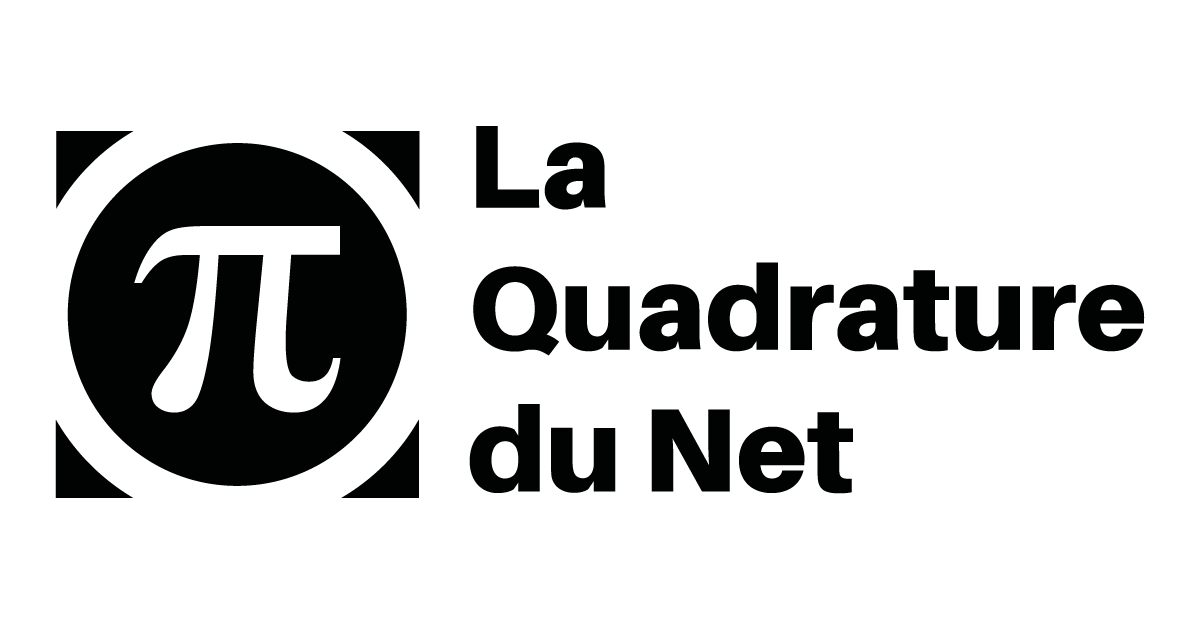On my personnal server, I used to send myself alerts by email using the handy standard mail command.
However, recently it appeared that my server became categorized as "spammer" by some online service providers,
due to the alerts frequency (a little bit more than one per day).
Hence, I got rid of the postfix package and cumbersome configuration and decided to find an alternative solution. I hesitated between Sentry, a big player in the alerting-as-a-service domain that has the big advantage to be open source (and developped in Python !), and rollbar, for which I opted for because of its simplicty (and by curiosity).
Then, I only had to pip install rollbar on my server and create a /usr/local/bin/mail executable file with the following code:
#!/usr/bin/python
import rollbar, socket, sys
rollbar.init('rollbar token')
rollbar.report_message(socket.gethostname() + ' sent an email:' + ' '.join(sys.argv[1:]),
extra_data={'stdin': sys.stdin.read()})
Et voilà !
All my pre-existing scripts now send alerts to the rollbar web API, I still receive email notifications from this service and I now have an online web dashboard and extra functionnalities like alerts aggregation 🎉
EDIT [2022/05/03]: in case of rate-limit exceeded, the pyrollbar Python client will raise a warning, not an error:
rollbar/__init__.py line 1700 😔
WARNING:rollbar:Rollbar: over rate limit, data was dropped. Payload was:...
There is how to transform this warning into a proper mail command failure, because fail-fast is The Way:
#!/usr/bin/python3
import logging, rollbar, sys
from logging.handlers import BufferingHandler
log_handler = BufferingHandler(capacity=100)
rollbar.log.addHandler(log_handler)
rollbar.init('rollbar token', handler='blocking')
rollbar.report_message(socket.gethostname() + ' sent an email:' + ' '.join(sys.argv[1:]),
extra_data={'stdin': sys.stdin.read()})
if any('data was dropped' in record.message for record in log_handler.buffer):
sys.exit(1)














